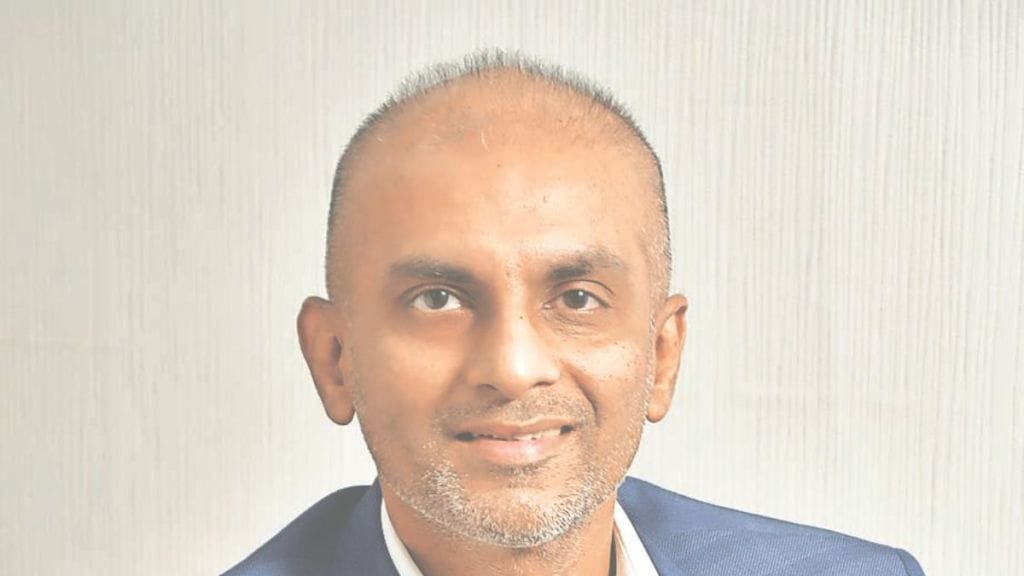HDFC Life Insurance is working on revising its commission structures to offset the impact of input tax credit (ITC) loss. Niraj Shah, executive director and CFO, tells Narayanan V about the company’s growth prospects after GST rate cut and the demand for ULIPs. Excerpts:
Q1 net profit grew by only 3%.
The GST rate rationalisation has its impact on the profit after tax (PAT) growth. Excluding that, our PAT growth would have been 15%. I think it’s a fairly-strong quarter across all parameters. Our top line grew 9%, overall market share grew by 90 bps to 11.9% and 30 bps within the private sector to 16.6%. New business margin was similar to last year at 24.5% in H1FY26. We have quantified GST rate-cut impact across four elements: Embedded value will have an impact of 50 bps, value of new business will be impacted by 90 bps, ₹50-crore impact on PAT and 1.5% on the solvency ratio.
Q2 Your peers are revising commission structure to cushion ITC loss.
Our strategy will be very similar in terms of trying to rework our distribution commission in H2. We have already had some conversations with a large part of our distribution network. It’s not just HDFC Life, but the entire industry will be looking to make these changes. So, we are not required to have any specific conversation. It will happen at an industry level and we expect a fair amount of that execution to take place in the second half.
Q3 Is there a pick-up in demand post GST rate cut?
Individual protection has grown very well in this period. Even before the GST change, protection policies grew by more than 25% in Q1. In the second quarter, individual protection expanded by 34%. After the GST cut was announced, the growth rate spiralled. Protection policies are an area where the benefit is completely visible to the customer because of the GST reduction. So, the response has been fairly strong and we hope that it continues. The benefit is fairly strong in savings products as well, but it will take some more time before customers realize that. We expect over the medium to long term, this will have a positive impact on savings products as well.
Q4 ULIPs have been growing despite market volatility.
Our ULIP share in the overall product mix is lower than some of our peers. ULIPs have been in the range of 30-35% and now it’s about 40%, while some of our peers have about 60-70%. In our case, there has been no issue with demand for ULIPs. We improved our ULIP persistence and also increased the level of protection element in our linked products, which make them very lucrative for customers. We expected the ULIP business to get a little more calibrated, but it hasn’t happened so far. Our ideal and more realistic mix is to have less than 40% share of ULIPs in the second half. Participating policies should be similar to the current level of 25-30% and non-participating should cross 25%.
Q5 Are you seeing a pick-up in group life business?
Yes, a significant improvement. In fact, credit life for this period has grown by 15%. Even the microfinance business has started to grow from September. Other categories like home loans and other loans such as personal loan, vehicle loan etc, have also done quite well this year.


